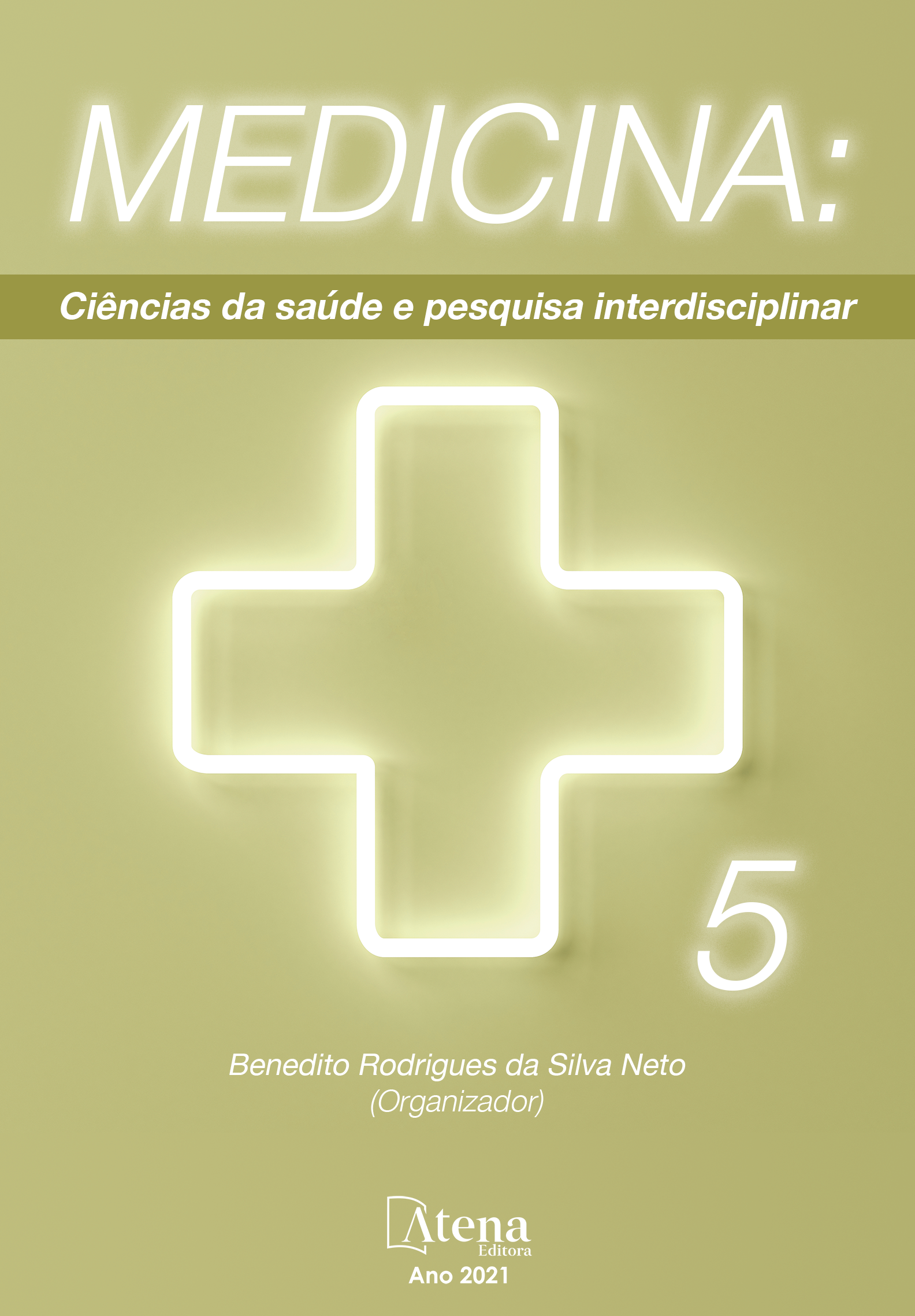
A hipertensão de artéria pulmonar pode servir como fator atenuante da gravidade do sars-cov-2
Introdução e Objetivos: A hipertensão arterial pulmonar (HAP) é uma enfermidade de vasoconstrição arterial pulmonar que pode manifestar-se como hipoxemia crônica. Tal patologia, encontra-se dentre as comorbidades, que segundo os CDC dos Estados Unidos, resultam em maior pré-disposição ao agravamento do quadro se infecção pelo SARS-CoV-2. Todavia, notou-se que esses pacientes parecem possuir menor risco de desenvolvimento da doença em sua forma grave. Nesse sentido, o presente estudo objetiva identificar, através de levantamento bibliográfico, se a disfunção endotelial e a remodelação vascular presentes na HAP podem servir como fator protetor prévio para o agravamento da SARS-CoV-2, em pacientes na Unidade de Terapia Intensiva. Material e Métodos: Trata-se de revisão integrativa da literatura, com busca realizada no Pubmed, utilizando as palavras-chave: COVID-19, Pulmonary artery hypertension, SARS-CoV-2, no período de 2020 à 2021. Já, os critérios de exclusão, levaram em consideração aqueles artigos que, após a leitura, não atendiam ao objetivo, restando 19 artigos. Resultado: Apesar dos semelhantes padrões de expressão gênica de ambas as doenças, o quê levantou a hipótese de ambiente favorável à infecção; na realidade, a ocorrência de inibição da cascata inflamatória e remodelamento endotélio arterial prévio podem limitar a virulência por meio da supressão de citocinas, resultando em sobrevida aumentada. Entretanto, os dados revelam que, embora a incidência cumulativa de SARS-CoV-2 seja semelhante ao da população em geral, seus resultados nos pacientes HAP foram piores, com taxas de hospitalização e mortalidade, de 50 e 12%, respectivamente; porém, o viés destas informações pauta-se na baixa notificação. Conclusão: A HAP prévia pode servir como fator atenuador da gravidade da infecção pelo SARS-CoV-2, ao suprimir a fase hiper-inflamatória desta, apesar da alta taxa de mortalidade, a qual pode ser explicada por uma baixa notificação de pacientes HAP com o vírus, associado a maior gravidade destes quando da procura ao centro especializado.
A hipertensão de artéria pulmonar pode servir como fator atenuante da gravidade do sars-cov-2
-
DOI: 10.22533/at.ed.6552108091
-
Palavras-chave: Coronavirus disease; COVID-19; Pulmonary artery hypertension; SARS-CoV-2; Severe acute respiratory syndrome coronavirus 2
-
Keywords: Coronavirus disease; COVID-19; Pulmonary artery hypertension; SARS-CoV-2; Severe acute respiratory syndrome coronavirus 2
-
Abstract:
Objectives and Introduction: the Pulmonary Arterial Hypertension is a disease that implies in a vasoconstriction of the pulmonary arteries which can manifest itself with a chronic hypoxia. This pathology, according to the USA CDC, places itself between those pathologies that have a propensity to develop serious conditions of SARS-CoV-2. However, it was noticed that these patients appeared to have a lower risk of developing the disease in its severe form. In this regard, this study aims to identify, through bibliographic survey, if the endothelial tissue misfunction and the vascular remodulation that happen in Pulmonary Arterial Hypertension can work as a proactive factor to the aggravation of the condition of SARS-CoV-2 in ICU patients. Materials and Methods: This work is an integrative literature review, searched in PubMed using the keywords: COVID-19, Pulmonary artery hypertension, SARS-CoV-2 focusing of material published between 2020 to 2021. The exclusion criteria took into consideration the scientific articles that, after being read, didn’t attend the objective of this study. 19 articles remained. Results: in spite of the similar genetic expression factors from both diseases, which brought the hypostasis of an ambient propitious to infection; in reality, the occurrence of the inhibition of the inflammatory cascade and the remodeling of the previous arterial endothelium can limit the virulence through cytokine suppression, resulting in a increased survival. However, the data reveal that, even though the cumulative incidence of SARS-CoV-2 is similar to the main population, its results in Pulmonary Arterial Hypertension patients were worse, with hospitalization rates and mortality of, respectively, 50% and 12%. However, the bias of this information is based on low notification. Conclusion: previous Pulmonary Arterial Hypertension can serve as an attenuation factor of the severity of the SARS-CoV-2 infection by suppressing the hyper-inflammatory phase of SARS-CoV-2, in spite of the high mortality rates, that can be explained as a low notification of Pulmonary Arterial Hypertension patients who have the SARS-CoV-2 virus associated with a greater disease severity when these patients look for a specialized center.
-
Número de páginas: 9
- Bruna Duz
- Bruna Luise Hoff Jaeger
- Gabriel Gomes Figueiredo
- Iagro Cesar de Almeida Bavaresco
- Jeniffer Groto de Souza
- Julio Soares Curi
- Thaís Fernanda Baier
- Tiago Fortuna


